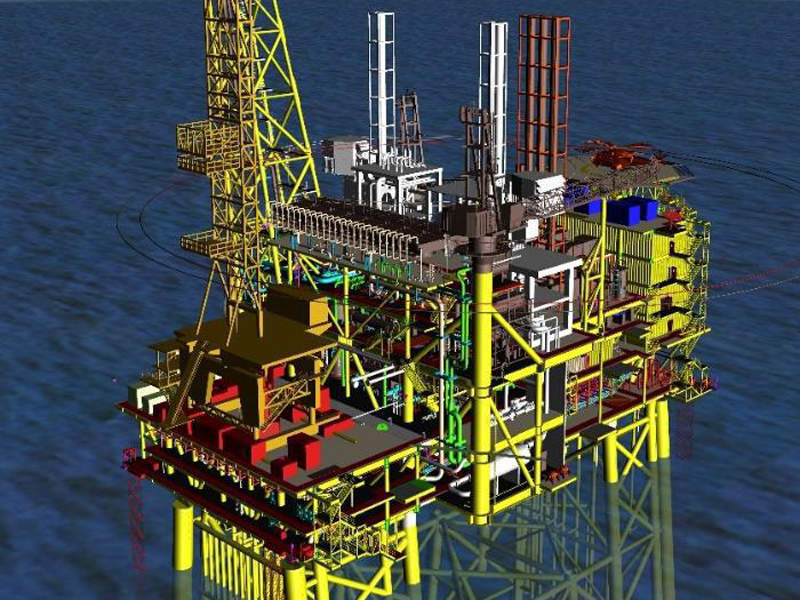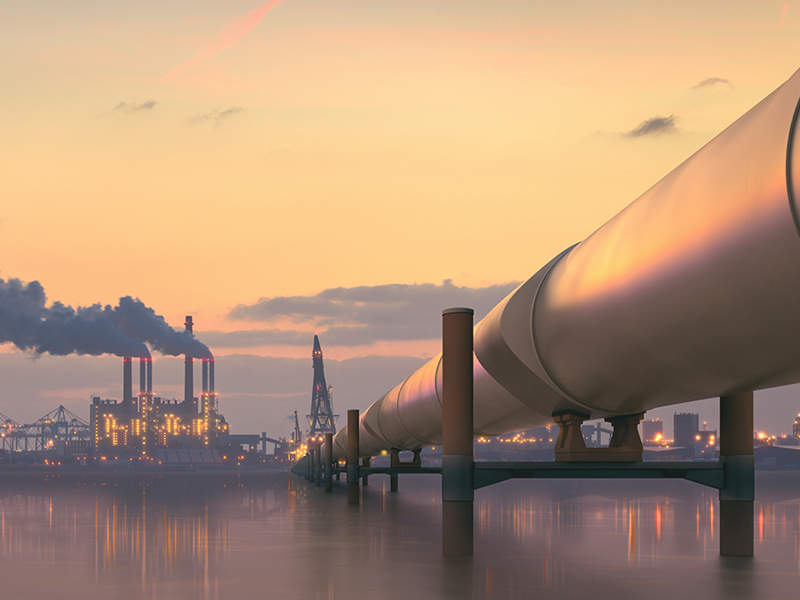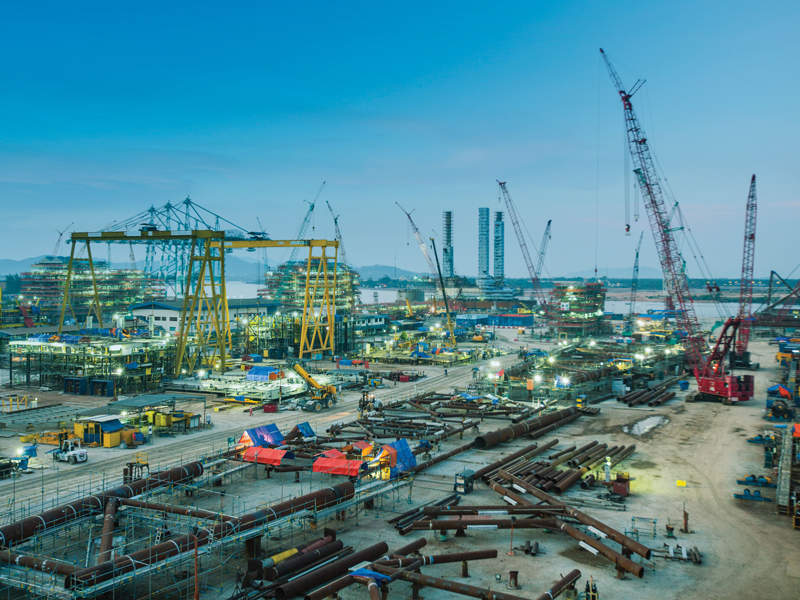The Pegaga gas field is located within Block SK320 offshore Sarawak, Malaysia.
The partners in Block SK320 are Mubadala Petroleum (55%), PETRONAS Carigali (25%), and Sarawak Shell (20%). Mubadala Petroleum serves as the operator of the block.
Regulatory approval for the development of the Pegaga gas field was received in April 2016.
Front-end engineering design studies were completed in June 2017, while the final investment decision was made in March 2018.
The project’s development drilling programme, which began in June 2020, was completed in August 2021.
First production from the field was achieved in March 2022. The field was developed with an estimated investment of $1bn.
Pegaga gas field location
The Pegaga gas field is located in 108m of water within Block SK320 in Central Luconia province, adjacent to Block 2B, offshore the coast of Sarawak in Malaysia.
The block contains the M5 field, which was initially discovered in 1974 and has been operated by Mubadala since 2010.
Block SK320 exploration and appraisal details
Mubadala conducted a series of 3D seismic surveys on the block in 2010.
Based on the data from the surveys, the M5 discovery was successfully appraised in 2012 by the M5-2 appraisal well, which was drilled to a total depth of 2,060m and successfully delineated the extent of the reservoir.
Additional seismic surveys were carried out in 2012 and an exploration campaign was conducted between 2013 and 2014, which led to the discovery of three gas fields, namely Pegaga, Sirih, and Sintok.
The Sintok-1 well was drilled to a total depth of 2,775m and led to the discovery of the Sintok field. The well intersected a gas column of 290m.
The Sirih-1 well was spudded near the Sintok field and ultimately led to the discovery of the Sirih field. It was drilled to a total depth of 3,000m and encountered a 293m gas column.
Pegaga gas field discovery and appraisal
Pegaga field was discovered via the drilling of the Pegaga-1 well.
The well was drilled to a depth of 2,029m, approximately 250km north-west of Bintulu and encountered a gas column of 247m.
The field was appraised with the drilling of the Pegaga-2 appraisal well to a total depth of 2,685m. It encountered a gas column of 850m.
The main gas-bearing zones of the well were production-tested and flowed at rates between 30 and 50 million cubic feet per day of gas, along with good quality condensate.
Pegaga gas field development details
The Pegaga gas field was developed through the 11,000-tonne integrated central gas processing platform (CPP). The CPP consists of an eight-legged jacket and has a design capacity of 550 million cubic feet per day of gas.
In April 2020, the offshore transportation and installation of the jacket, subsea pipeline and wellhead deck were completed. The float-over of the CPP process deck topside onto the eight-legged jacket was completed in August 2021.
Hydrocarbons produced from the site are transported via a 4km-long, 38in-diameter subsea pipeline connected to an existing offshore network, before being further transported onshore to the PETRONAS LNG Complex in Bintulu.
The Pegaga field is expected to act as a central hub for future discoveries in Block SK320.
Contractors involved
The front-end engineering and design contract for the Pegaga gas field was awarded in July 2016 to Aker Solutions.
The engineering, procurement, construction, installation and commissioning contract for the CPP worth approximately $511m was awarded to Sapura Fabrication, a subsidiary of Sapura Energy (formerly SapuraKencana Petroleum).
Tai Crest Resources, a flare burner and related systems manufacturer, was awarded the contract to supply a flare ignition package for the project in 2019.










